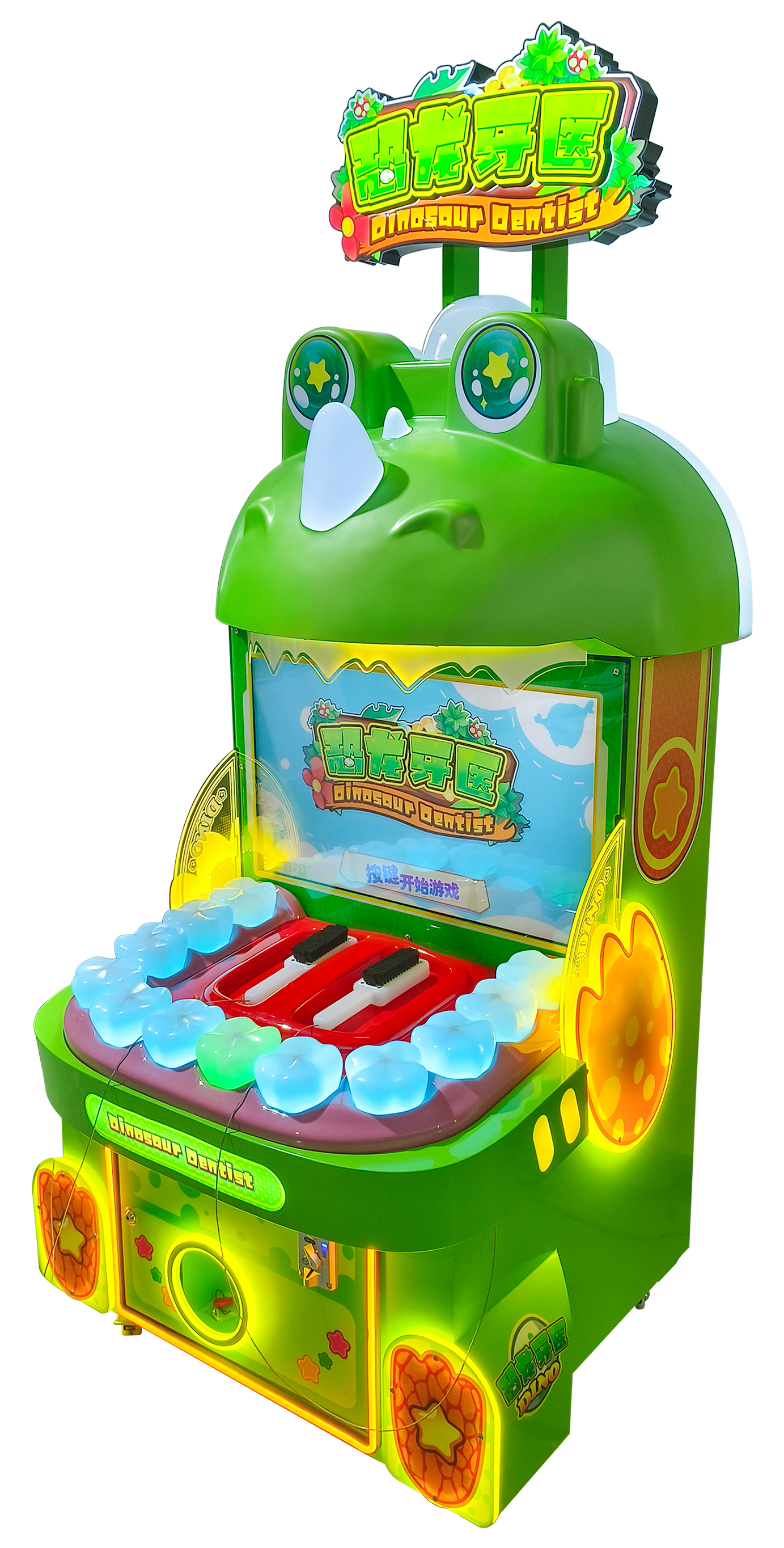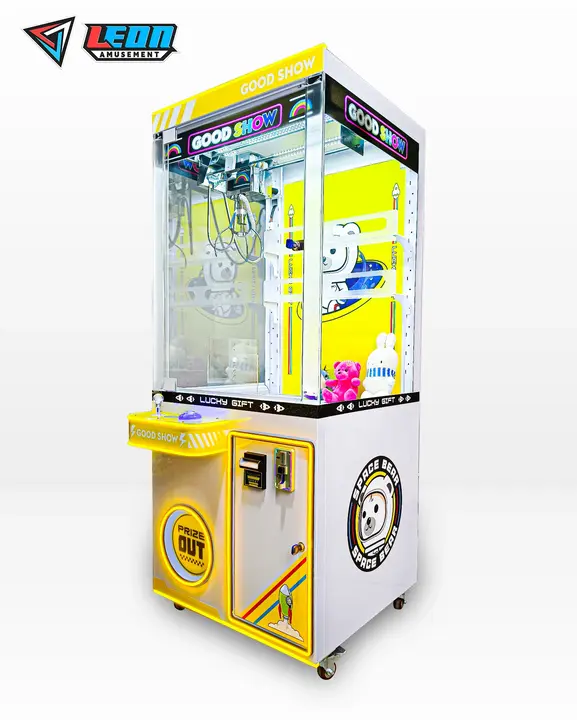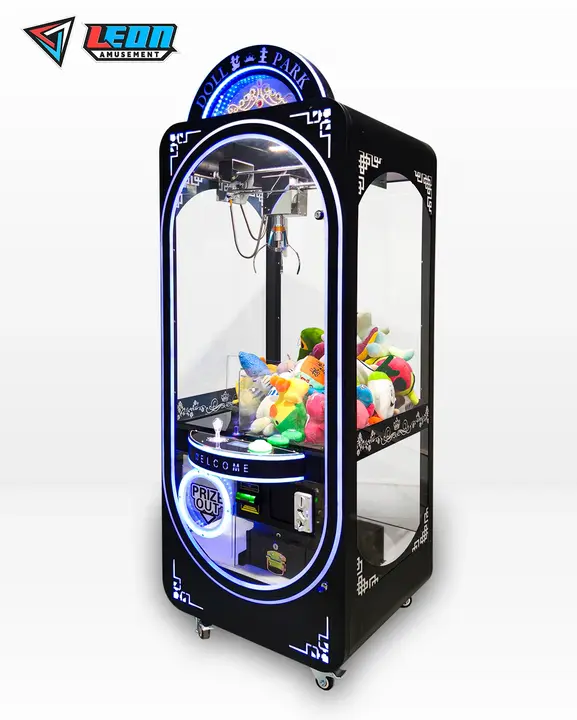Claw machines need five essential sensors: proximity, position, drop, prize detection, and tilt sensors, each enhancing accuracy and gameplay integrity.
Table of Contents
ToggleProximity Sensor
The proximity sensor installed in a claw machine’s vicinity serves to enhance the user experience and operational readiness of the equipment. This sensor detects the presence of players and other objects within its range and prepares the game for the action. In simpler terms, this means that it ensures that the equipment is fully set in play mode when a player is detected approaching it. The sensor’s automatic action not only saves power but also attracts more players who are enticed by the lighting and alerting sounds from the machine, indicating it is set.
Technical Specifications
The proximity sensor functions on the principles of infrared or ultrasonic techniques. In a simplified explanation, the infrared sensor emits infrared signals and processes the reflection, while the ultrasonic sensor sends sound waves then processes the echo. In practice, the sensors can detect objects or movements within the 2 to 30-centimeter range. This measure allows for the use of the sensor within the machine, ensuring accurate detection in a small space.
Operational Workflow in the Claw Machine
The machine’s proximity sensor functions by signaling a sequence of light and sound when detecting a player nearby. In detail, the sensor sends a signal of light to the machine, where the lighting is brightened. Simultaneously, a sound or voice prompt representing a welcoming signal to a player is sent. Therefore, the sensor does not only alert the machine to wake from a low-functional state, but it prompts players to engage.
Maintenance Tips
Regular cleaning of the surface area where the proximity sensor is vital for the sensor’s accuracy. Cleaning the sensor removes dirt and dust responsible for altering or interception of the signals. Additionally, proper recalibration should be undertaken whenever possible to achieve and maintain the quality of the sensor. Light traffic guarantees rough dirt and obstruction that necessitate recalibration as much as transport is concerned.

Position Sensor
Having these systems in mind, it is now much easier to understand the great use of the position sensor in a claw game. The position sensor allows for the claw to position correctly over a prize; this reliability translates into playability, as the position sensor accurately tracks the claw’s position dully in gameplay. Moreover, it would be almost impossible to grasp a prize or guide it to the chute accurately.
Sensor Types and Accuracy
Most of the position systems in claw games are either optical encoders, which use a disc to block a light source to determine position, or magnetic encoders, where a rotating magnet is used to detect changes in magnetic fields. Both types are able to offer positional accuracy of a few thousandths of an inch, which are essential dimensions for the above-mentioned applications.
Integration and Calibration
As for the sensors’ integration, they must be placed on the axis onto which the claw units, and the sensor sends data to the rest of the machine’s control systems. Its accuracy is heavily dependent on settings which must be calibrated after installing the game. To configure it in the best possible manner, the whole claw system is moved to certain positions and if the sensors do not match they setting the movement is repeated.
Practical Applications and Maintenance
As for the everyday work of such sensors in practice, it must be said that these systems facilitate claw games greatly. System owners have noticed a direct correlation between the number of fair sensors and the number of plays per machine. They should not be used only for playability but also for player retention as systems that work properly have been proven to reduce player attrition. A cleaning is also suggested because of the presence of optical components involved.
Drop Sensor
Mechanism of OperationsWhile a drop sensor can rely on both mechanical and optical technology, the latter has become more spread in modern machines. While operating from the mechanical perspective, the sensor principle utilizes the beam of light that breaks when the claw is in the drop or retraction state. It is incredibly precise, and even several millimeters of movement can set the sensor off.
Positioning and EffectsThe precise installation of a drop sensor is crucial, meaning that it should be placed in the spot where the claw passes up and down. Occasionally, it is equipped with various height levels to signify the state of the claw. Despite few positioning complexities, the device is largely maintenance-free. Calibration, however, might be required if the claw’s mechanical elements wear out after extensive use.
ImpactReliable drop sensors make the claw machine a smoother experience and less prone to random malfunctions. Therefore, a well-operating machine attracts more players, which results in increased profitability and popularity. Finally, while regular checks are recommended, one will most likely not have to make any significant investments to keep it running.
Prize Detection Sensor
This is essential for reward mechanisms. For one, a prize detection sensor is a part of a claw machine definition that helps to confirm a successful grab and dispense. It is what makes claw machines fair and helps in quickly building trust between the players and the machine. The sensor employs an optical or pressure-based system to confirm if a prize has passed through the prize chute.
Sensor Technology and FeedbackAn optical sensor detects the prize when it falls and interrupts the light beam passing through the air. On the other hand, a pressure-based sensor measures the weight of an item falling into the prize bin. The sensor sends feedback to the control system which then confirms the gift drop and material. This ensures the gift has been captured.
Installation and CalibrationInstalling this sensor requires strategic placement where gifts are to be dropped. This is crucial since calibration is done through testing various sizes and weights of a prize to tune the sensor’s sensitivity to read materials dropped every time.

Tilt Sensor
Protection from Tampering and Abuse. One of the major instruments guiding fair play is the tilt sensor, which is intended to counteract any unauthorized attempts to tilt or shake the machine. Therefore, it is a must-have component of the claw machine that guards the integrity of the game and guarantees that it remains unaltered or unopposed during operation.
Detection and Its FrameworkTypically, tilt sensors used in claw machines are based on gyroscopes or accelerometers and used to control the machine’s orientation, i.e., but not restricted to, the presence of the right angle towards the ground or object. Thus, degrees of tilt are used to measure the machine’s deviation from the vertical axis. Once this degree goes beyond the precautionary limit of what constitutes tilting, the sensor sets an alarm or halts the machine, after which it is to be reset by the operator.
Installation and CalibrationA tilt sensor is to be installed in the central position, ensuring that it is capable of measuring tilts from every angle due to its central position. It is better to ensure that settings are calibrated not to overreact to minor, incidental shakes, which can occur based on the condition of the surrounding area.
Influence on the Behavior of a PlayerA suitably calibrated tilt sensor serves as an agent to scare players from trying to forcibly trick the device. Therefore, not only is fair play supported and maintained in this matter, but machines are often protected against violent shaking, which can also affect the sensitivity of the sensor. In fact, arcade operators often measure the degree to which a tilt sensor limits the action and report on how when tilt sensors are visibly and actively applied, fewer instances of machine tampering ensue, which results in fewer expenses for the operator not directly involved in this machine.



